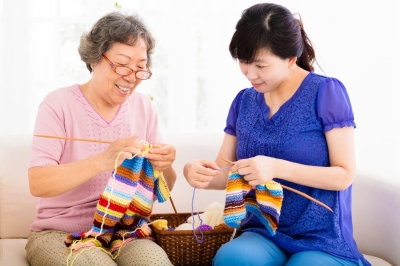The nation's estimated unionization rate is expected to fall below 20 percent for the first time since the end of World War II due to reductions in the number of full-time workers.
Members of labor unions said the preliminary figure was obtained in a survey by the Health, Labor and Welfare Ministry in conjunction with unions nationwide.
Although the ministry has not yet compiled all the data, it estimates that the unionization rate at the end of June was around 19.7 percent, down 0.5 percentage point from a year earlier for the 22nd consecutive year of decline.
According to the preliminary figures, there were about 53.4 million workers in Japan this year, virtually unchanged from a year earlier. Of the total, around 10.55 million were union members, down about 250,000 from the previous year.
The projected decline will further weaken the power of the Japanese Trade Union Confederation (Rengo), which abandoned its demands for unified wage increases during last spring's labor talks for the third straight year.
Rengo, whose membership fell below 7 million for the first time in 2002, had 6.8 million members this year, while the National Confederation of Trade Unions (Zenroren) saw its membership slide to around 900,000 from about 1.02 million last year.
While unionization exceeds 50 percent in companies with more than 1,000 employees, restructuring has cut the number of unionists by more than 1 million in the past six years.

















With your current subscription plan you can comment on stories. However, before writing your first comment, please create a display name in the Profile section of your subscriber account page.